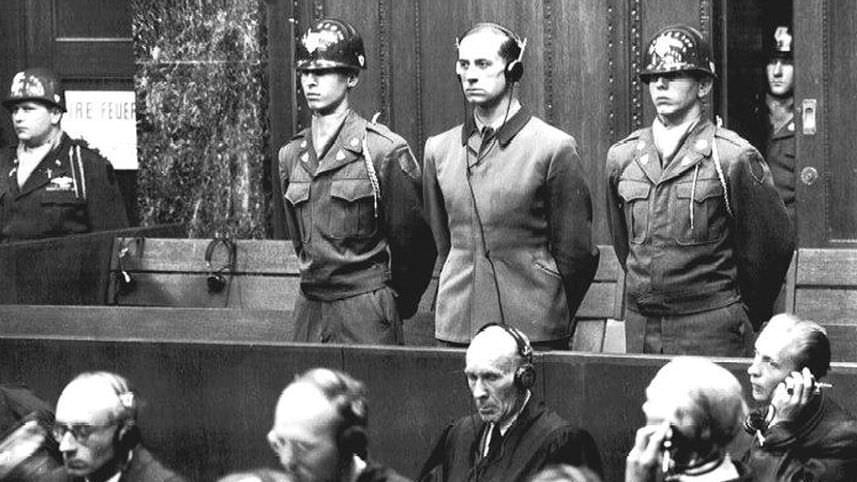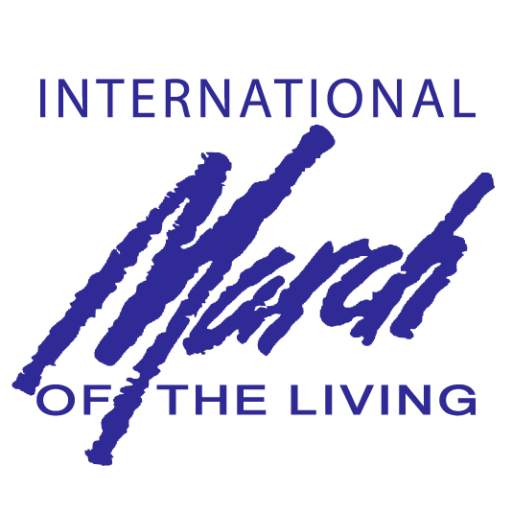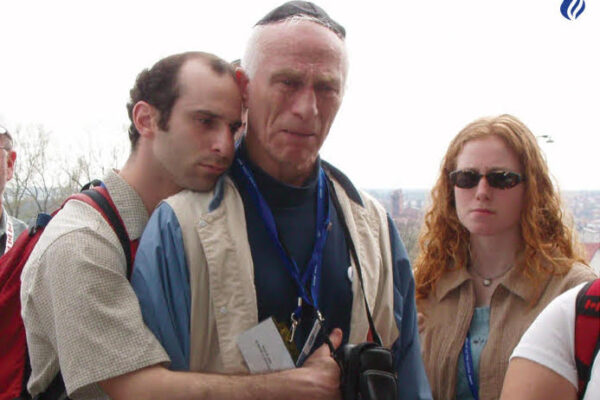Human experimentation by Nazi Germany would embarrass the global medical community and ultimately change the history of ethics and medical research.

A sentence of death by hanging is pronounced by a U.S. War Crimes Tribunal upon Adolf Hitler’s personal physician, Karl Brandt, 43. August 20, 1947. Credit: Wikimedia Commons
On October 25, 1946, twenty German physicians and three administrators were charged by the U.S. military occupation authorities in Nuremberg with war crimes and crimes against humanity, for their role in human experimentations in Nazi concentration camps. The so-called “Doctors’ Trial” would embarrass the medical community and ultimately revolutionize medical ethics worldwide.
The experiments the Nazis conducted on live prisoners could be divided into three types: those aimed to improve the survival of military personnel (high-altitude, freezing and seawater tests); treatments, such as immunizations and antidotes, for soldiers (tests with malaria, typhus, tuberculosis, typhoid fever, yellow fever; bone-grafting experiments, and with chemical agents); and tests ultimately aimed at advancing the Nazi race and ideology (sterilization, euthanasia, experiments on twins, the Roma, and Jews). The infamous experiments of Josef Mengele at Auschwitz fell into that last category.
“The victims of these crimes are numbered in the hundreds of thousands. A handful only are still alive,” Brig. Gen Telford Taylor, the chief prosecutor, said at the opening of the trial on December 26, adding, “most of these miserable victims were slaughtered outright or died in the course of the tortures to which they were subjected.”
This was the first in a series of trials conducted by the U.S. military tribunal in occupied Nuremberg. The lead defendant was Karl Brandt, Hitler’s personal physician, who was also Commissar for Health and Sanitation and was tried, among other things, for his role in planning and carrying out the Nazi euthanasia program targeting the mentally and physically disabled.
On July 19, 1947 sixteen of the defendants were convicted, and seven were sentenced to death by hanging.
Stains on science
World War II was a tipping point when it comes to technological developments, but it also led to profound disillusionment with science. If until the 1950s, science was seen as a gateway to uncover truths and should therefore be done at any cost, historical events such the bombing of Hiroshima and Nagasaki and the Doctors’ Trial, showed the cost of science when unconstrained by morality.
But in exposing the lack of international standards to govern human experiments, the Doctors’ Trial caught the global medical community off guard.
Unwitting test subjects
The Nazis would become notorious for the inhumanity of their medical research in concentration camps, but Germany was not alone in performing unethical experimentation.
Japan tested biological and chemical weapons on POWs; the British army tested chemical arms on thousands of British and Indian soldiers; and, since the late 19th century, the U.S. conducted experiments involving deliberate infection with deadly or serious diseases, and exposure to biological and chemical agents, and to radiation.
For instance, in the Tuskegee Study of Untreated Syphilis in the Negro Male of 1932, the U.S. Public Health Service enrolled 600 impoverished black men, of whom 399 were unknowingly infected with syphilis and 201 were clean of the sexually-transmitted disease. The purpose was to see if untreated syphilis affected blacks and whites differently. The men were not told of their conditions and were never treated for them, but in exchange for participating in tests of their “bad blood,” were given free medical exams andmeals, and burial insurance. Although it was projected to last 6 months, the clinical trial was only terminated in 1972, after 40 years, at which time its uselessness was admitted.
As for the Doctors’ Trial, when it ended in 1947, the American judges on the tribunal drafted a document that would define legitimate medical research. With the help of two American advisors to the prosecution, Dr. Leo Alexander, a psychiatrist and neurologist, and Dr. Andrew Ivy, a physiologist, they published the Nuremberg Code: the first international document to require participation in clinical trials to be voluntary. The code consists of ten points, the first and most important being that anyone participating in a clinical trial must give informed consent, i.e., must understand the potential risks it poses.
The Nuremberg Code has no legal force, but was a landmark in the history of ethics and medical research. It was succeeded by the Declaration of Helsinki, which was adopted in 1964 by the World Medical Association, and has been revised seven times since. That isn’t legally binding either, but it has been codified into laws and regulations that govern biomedical research in numerous countries around the world.
Originally Published HERE








